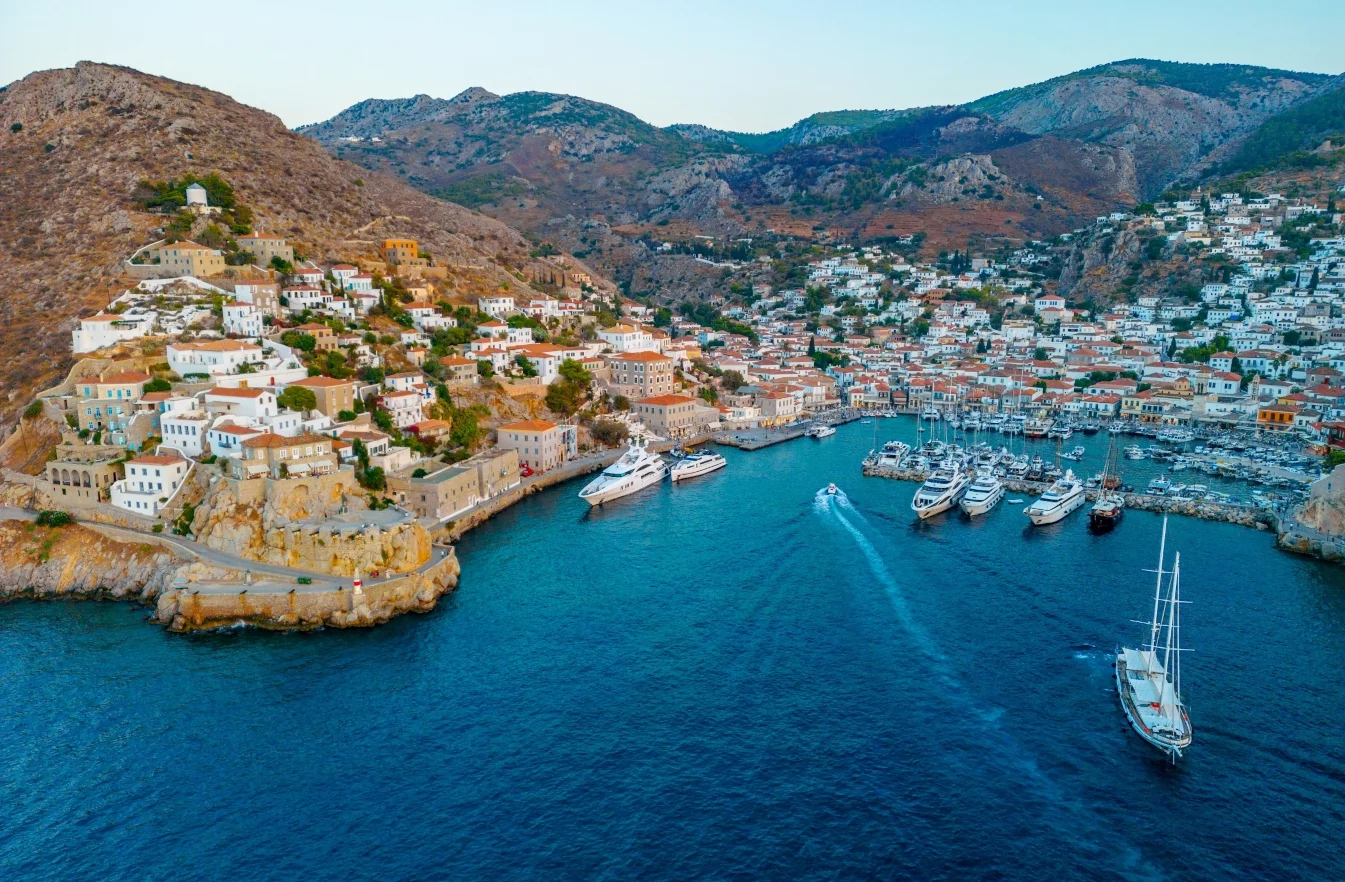High above the serene fishing village of Apollonas, on the northern coast of Naxos, lies one of the island’s most enigmatic treasures—the Apollo Kouros, also known as the Colossus of Dionysus. This awe-inspiring ancient statue has remained in place for centuries, offering a fascinating glimpse into Greece’s sculptural past.
By RAndrei shutterstock
A Monumental Relic of Antiquity
By Nataliia Budianska shutterstock
Carved from locally sourced light gray Naxian marble, the kouros measures an impressive 10.7 meters (over 35 feet) in length and weighs an estimated 80 tons. Despite its grandeur, the statue was never completed and never stood upright as originally intended. Instead, it remains reclined in the marble quarry where it was carved, blending seamlessly into the natural landscape.
By Nataliia Budianska shutterstock
A Kouros Unlike Any Other
By Paolo Trovo shutterstock
Most kouros statues—common in Archaic Greek art—depict idealized young male figures, nude and symmetrical, with their arms at their sides and one foot slightly forward. The Apollo Kouros, however, deviates from this norm in intriguing ways. It has the classic frontal pose with bent elbows and one leg (the left) longer than the other, suggesting a sense of movement. But what truly sets it apart is the bearded face, a feature that suggests maturity rather than youthful vigor.
By Heracles Kritikos shutterstock
Because of this distinctive trait, many experts believe that this statue was not meant to represent Apollo, as typical kouroi do, but rather Dionysus, the god of wine, theater, and revelry.
By Heracles Kritikos shutterstock
The Mystery of Its Incompletion
Why was such a magnificent work of art never finished?
By RAndrei shutterstock
Archaeologists and historians offer several theories. Some suggest that the statue developed cracks during its creation, making it too risky to move. Others believe that the sheer weight of the marble made transportation to its intended destination impossible, or perhaps the patron who commissioned the work simply never paid for its completion.
There’s also speculation that artisans feared the statue might break during the final stages of carving, particularly while detaching it from the bedrock.
A Timeless Monument in a Timeless Place
By Aphotog shutterstock
Today, the Apollo Kouros remains exactly where it was left centuries ago—a giant reclining on a Naxian hillside, weathered by time but still remarkably intact. Surrounded by olive trees and overlooking the Aegean Sea, the statue has become a beloved cultural landmark and a must-see for visitors to Naxos.
Its enduring presence speaks to both the ambition of ancient Greek sculptors and the mysteries they left behind.

















